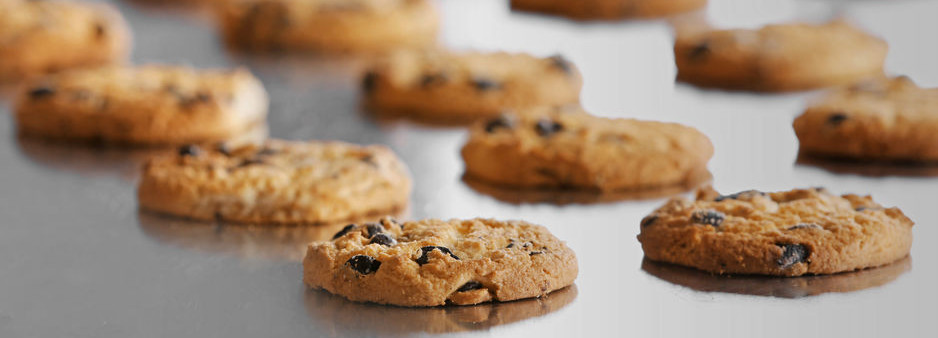
A micro-encapsulated leavening system is now an essential ingredient in shelf stable frozen and refrigerated dough and cake batter formulations. They are designed to release the leaveners into the system in response to triggers such as temperature or moisture. A few you’ll find in baking are:
- Baking powder
- Baking soda
- Fumaric acid
- Vinegar powder
A closer look at encapsulated baking powder
This is used in products such as frozen or refrigerated dough, batter, cookie dough, pizza, and tortillas, as well as dry mixes.
How does it work as a leavening system?
Leavening agents are typically encapsulated in a fat or lipid material. Then, their release is activated when the coating melts during baking. Here’s a list of main coating lipids used in encapsulated baking powder and their melting ranges:
- Fractionated palm oil: 131-140°F / 55-60°C
- Fully hydrogenated palm oil: 136-145°F / 58-63°C
- Mono- and diglycerides: 136-145°F / 58-63°C
- Fully hydrogenated cottonseed oil: 142-149°F/ 61-65°C
- Fully hydrogenated soybean oil: 153-160°F / 67-71°C
What’s the difference between fluid bed coating and spray cooling?
In the fluid bed process, solid core particles (baking powder) are air-fluidized in a closed chamber while being sprayed with atomized molten lipid droplets. As the droplets come in contact with the solid particles, they spread onto their surfaces and further solidified by cooling. Continuous fluidization and spraying lead to fat coalescence into one integral hardened film when cooled. One drawback of fluid bed coating is the generation of low bulk density particles.

